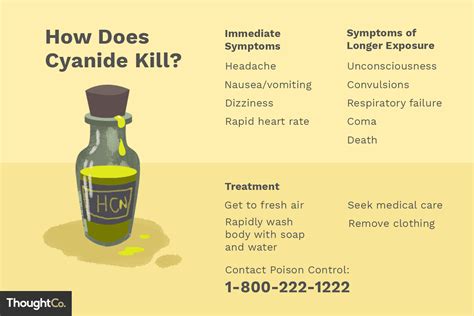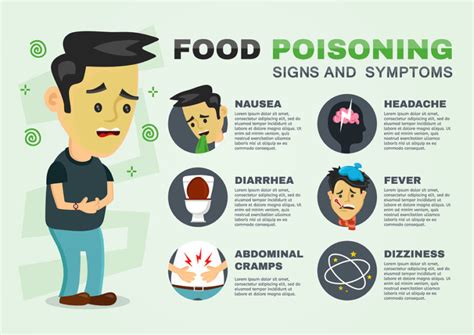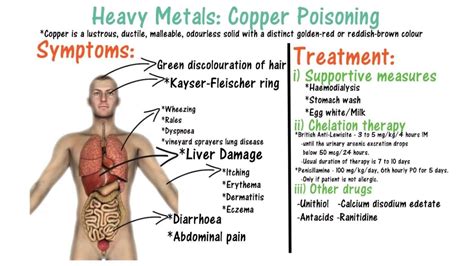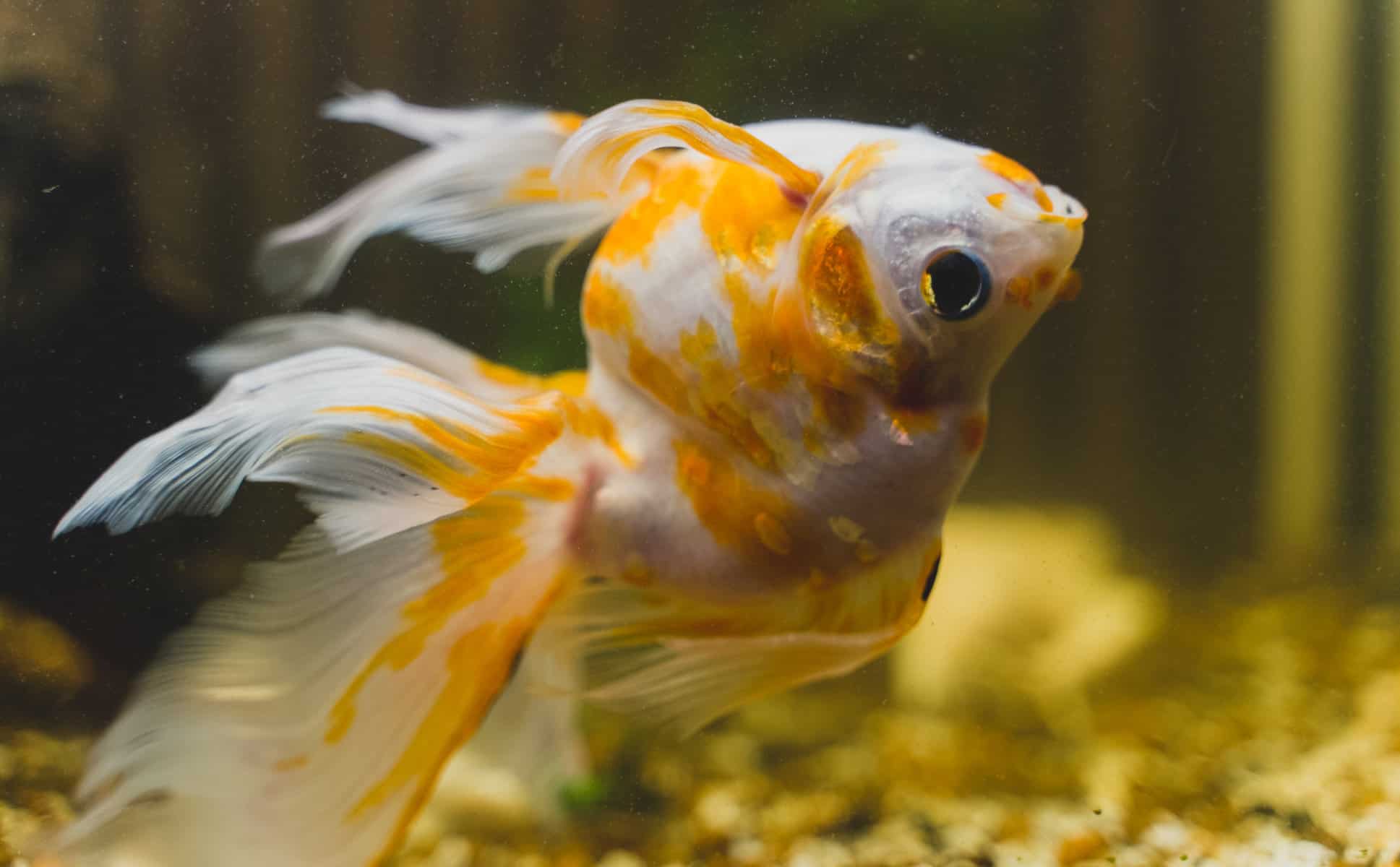
Ammonia Poisoning Symptoms Fish
Ammonia Poisoning Symptoms Fish
Ammonia is a toxic waste product that fish produce through their gills and urine. A well-functioning aquarium filter system converts this ammonia into less harmful nitrites and nitrates. However, if the filter system fails or becomes overwhelmed, ammonia levels can build up and cause ammonia poisoning in fish.
One of the most common symptoms of ammonia poisoning in fish is gasping for air at the water’s surface. As fish struggle to breathe, they will often swim frantically and appear distressed. Other signs of ammonia toxicity include lethargy, loss of appetite, red or inflamed gills, and a dull or faded appearance.
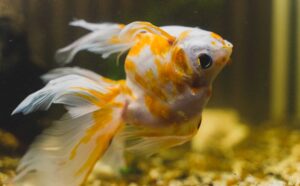
Another visible symptom of ammonia poisoning is fin rot, which appears as ragged edges on the fins and tail. The fins may also become discolored and appear thin and transparent. In severe cases, the fins may even fall off entirely.
When left untreated, ammonia poisoning can lead to more serious health issues, including organ failure and death. Therefore, it’s essential to test your aquarium water regularly for ammonia levels and maintain a healthy filter system. If you suspect that your fish are suffering from ammonia poisoning, do a partial water change immediately and consider adding an ammonia detoxifier to the tank.
Preventing ammonia poisoning in fish is much easier than treating it. Make sure not to overfeed your fish and clean your filter system regularly. Avoid overcrowding your tank, as too many fish can produce excessive waste and lead to high levels of ammonia. Keeping your aquarium environment healthy and stable is key to preventing ammonia poisoning in your fish.
In conclusion, ammonia poisoning is a severe condition that can be fatal to your fish if left untreated. Keep an eye on your fish’s behavior and appearance and take action if you notice any symptoms of ammonia toxicity. By maintaining a healthy aquarium environment, you can ensure that your fish thrive and live a long, healthy life.
Causes of Ammonia Poisoning in Fish Tanks
Fishkeeping is a popular hobby worldwide, but it requires careful attention and maintenance. Ammonia poisoning is a common problem in fish tanks that can be fatal for fish if not addressed promptly. In this article, we’ll explore the causes of ammonia poisoning in fish tanks and how to prevent it from happening.
Ammonia is a toxic compound produced by fish waste, decaying organic matter, and uneaten food in the aquarium. When the biological filtration system breaks down due to overstocking or lack of maintenance, ammonia levels can skyrocket and cause ammonia poisoning in fish. The symptoms of ammonia poisoning include red or inflamed gills, gasping for air at the water surface, lethargy, loss of appetite, and even death in severe cases.
One of the main causes of ammonia poisoning is overfeeding your fish. When excess food is left uneaten, it decomposes and produces ammonia, which can build up in the tank. Another cause is overcrowding the tank with too many fish. A small tank with too many fish can quickly become overwhelmed with waste, leading to a spike in ammonia levels. Poor water quality and lack of regular water changes can also contribute to ammonia poisoning.
To prevent ammonia poisoning, it’s essential to maintain a healthy nitrogen cycle in your aquarium. This involves establishing a colony of beneficial bacteria that break down ammonia into less harmful compounds like nitrite and nitrate. Regular water changes are crucial to remove excess nutrients and waste from the tank. Avoid overfeeding your fish and only add new fish gradually to avoid overcrowding.
In conclusion, ammonia poisoning is a serious issue in fish tanks that can have fatal consequences for your fish. Overfeeding, overcrowding, poor water quality, and lack of maintenance all contribute to ammonia buildup. By following proper care and maintenance practices, you can prevent ammonia poisoning and ensure a healthy and thriving aquarium for your fish.
Prevention of Ammonia Poisoning in Fish
Fishkeeping is a popular hobby, but it comes with its own set of challenges. One of the biggest threats to fish is ammonia poisoning. Ammonia poisoning is a common problem that can occur when the beneficial bacteria in the aquarium filter are unable to keep up with the amount of waste produced by the fish. The buildup of ammonia in the water can cause serious health problems for your fish, and if left untreated, can be fatal.
So how do you prevent ammonia poisoning in your fish? The first step is to make sure that you have an appropriate-sized aquarium for your fish. Overcrowding can lead to excessive waste production and an increase in ammonia levels. As a general rule, you should allow one gallon of water for every inch of fish in your aquarium.
The second step is to establish a cycle in your aquarium. This involves growing beneficial bacteria in your aquarium’s filter that will break down toxins such as ammonia into less harmful compounds. This process can take several weeks to establish, so it’s important to be patient. You can also speed up this process by adding live plants to your aquarium or by using a commercial bacterial supplement.
Regular water changes are another essential step in preventing ammonia buildup in your aquarium. By removing a portion of the water and replacing it with fresh, dechlorinated water, you can dilute any excess ammonia and other toxins in the water. It’s recommended to change approximately 10% of your aquarium’s water weekly.
Lastly, it’s important to monitor your aquarium’s water quality regularly. Test kits are available at many pet stores and can help you keep track of your aquarium’s pH, ammonia, and nitrite levels. If you notice any abnormal readings, take action immediately to prevent further harm to your fish.
In conclusion, preventing ammonia poisoning in fish requires proper aquarium maintenance and monitoring. Ensure that your aquarium is appropriately sized, develop a healthy bacterial cycle, conduct regular water changes and monitor water quality regularly. By taking these simple steps, you can help keep your fish happy and healthy for years to come.
Treatment Options for Ammonia Poisoning in Fish
Ammonia poisoning is a common problem faced by fish enthusiasts and can lead to serious health issues or even death of the fish. It occurs due to the accumulation of toxic ammonia in the water, which can be caused by overfeeding, overcrowding, or inadequate filtration. In this article, we will discuss various treatment options available for ammonia poisoning in fish.
The first step in treating ammonia poisoning is to remove the source of ammonia from the tank. This can be done by performing partial water changes regularly. The aquarium should also be properly maintained, with regular cleaning and filter replacement to ensure that the water quality remains healthy.
Another effective treatment option for ammonia poisoning is to use chemical additives designed to neutralize ammonia. These additives work by converting the toxic ammonia into less harmful compounds. However, it is important to choose a high-quality additive that is safe for your fish and does not harm other beneficial bacteria in the tank.
In severe cases, where the fish is showing signs of distress or illness, it may be necessary to administer medication. Medications such as methylene blue and formalin can be used to treat ammonia poisoning, but they should only be used under the guidance of a veterinarian or experienced fish keeper. These medications can be harsh on the fish and can cause additional stress if not administered properly.
Prevention is always better than cure when it comes to ammonia poisoning in fish. Ensuring proper tank maintenance, avoiding overfeeding, and monitoring the population density of the tank are all effective ways to prevent ammonia buildup. Regularly testing the water parameters and addressing any issues promptly can also help maintain a healthy environment for your fish.
In conclusion, ammonia poisoning is a serious threat to the health of your fish, but with proper care and attention, it can be treated effectively. By following these tips and seeking advice from an experienced professional, you can ensure that your fish remain healthy and happy for years to come.
Testing for Ammonia Levels in Fish Tanks
If you’re a fish lover, you know how essential it is to maintain a healthy and clean environment in your aquarium. One of the most critical factors in ensuring this is by keeping ammonia levels in check. Ammonia may not be visible to the naked eye, but its presence in fish tanks can be deadly for aquatic life.
So, what is ammonia, and why is it a problem? Ammonia is a colorless gas with a pungent odor that is produced when fish waste, uneaten food, and other organic matter break down in the tank. Even small amounts of ammonia can cause problems for your fish, and if left unchecked, it can lead to serious health issues, including death.
To ensure that your fish are living in a safe and healthy environment, regular testing of ammonia levels is crucial. You can use ammonia test kits that are readily available at pet stores or online. These test kits come with simple instructions for use, making them easy to operate even for beginners.
When testing for ammonia levels, it’s essential to follow the instructions carefully and take accurate readings. The ideal level of ammonia in a fish tank should be zero ppm (parts per million). If your tests indicate higher levels, it’s important to take immediate corrective measures to reduce the ammonia levels.
One of the most effective ways to reduce ammonia levels is through water changes. Changing 10-20% of the water in your tank each week can help remove excess ammonia and other toxins. It’s also important to ensure proper filtration and adequate aeration in your tank to maintain optimal water conditions.
In conclusion, maintaining healthy ammonia levels in fish tanks is crucial for the well-being of your aquatic pets. Regular testing and appropriate action can go a long way in preventing illnesses and deaths. So, make sure you have an ammonia test kit on hand and test your tank frequently to keep your fish healthy and happy.
The Importance of Proper Filtration in Preventing Ammonia Poisoning
Ammonia poisoning is a serious problem that can affect fish and other aquatic organisms in aquariums. This can happen if the water is not filtered properly, which can lead to the buildup of ammonia in the tank. Ammonia is a toxic substance that can be deadly to fish, causing them to become sick or even die.
One of the main ways to prevent ammonia poisoning is by ensuring that the aquarium has proper filtration. Filtration helps to remove excess waste and debris from the water, which can break down and produce ammonia over time. A good filtration system will also help to maintain the appropriate levels of beneficial bacteria in the aquarium, which are important for breaking down harmful substances like ammonia.
There are several different types of filters that can be used in an aquarium, including mechanical, biological, and chemical filters. Each type of filter works differently to remove different types of waste from the water. Mechanical filters work by physically removing debris from the water, while biological filters use beneficial bacteria to break down harmful substances like ammonia. Chemical filters can also be used to remove certain types of impurities from the water.
It’s important to choose the right type of filter for your aquarium based on the size and type of fish you have, as well as the amount of waste they produce. Overcrowding can lead to a higher risk of ammonia poisoning, so it’s important to monitor the water quality regularly and make necessary adjustments to the filtration system.
In addition to proper filtration, there are other steps you can take to prevent ammonia poisoning in your aquarium. These include regular water changes, avoiding overfeeding your fish, and maintaining a healthy balance of plants and other aquatic organisms in the tank. By taking these steps and ensuring proper filtration, you can help to keep your fish healthy and happy for years to come.
Common Misconceptions About Ammonia Poisoning in Fish
Ammonia poisoning is a common and serious issue that many fish keepers face. Unfortunately, there are several misconceptions surrounding this problem that can make it difficult for people to properly diagnose and treat their fish. In this article, we will discuss some of the most common misunderstandings about ammonia poisoning in fish.
One of the biggest misconceptions about ammonia poisoning is that it only affects new aquariums. While it is true that new tanks are more susceptible to ammonia spikes due to the lack of beneficial bacteria, established aquariums can also experience ammonia toxicity if adequate maintenance is not performed regularly. It’s important to monitor ammonia levels with test kits and perform partial water changes as needed to prevent toxic buildup.
Another misconception is that a filter alone will solve all ammonia problems. While filters play an important role in removing waste from the tank, they do not eliminate ammonia entirely. Beneficial bacteria present in the filter media is responsible for breaking down ammonia into less toxic compounds. Therefore, it’s essential to ensure that the filter is properly cycled and maintained to support the growth of these bacteria.
Many people also believe that changing the water constantly is the solution to ammonia poisoning. However, frequent water changes can actually make the problem worse by disrupting the balance of the aquarium and causing stress to the fish. Rather than relying solely on water changes, it’s important to establish a consistent maintenance routine that includes proper feeding, cleaning, and testing of water parameters.
Finally, some people believe that adding chemicals or “quick fixes” to the water can cure ammonia poisoning. While there are products available that claim to eliminate ammonia, they only provide temporary relief and can potentially harm the fish if not used correctly. The best way to address ammonia toxicity is to identify the root cause and take appropriate corrective measures.
In conclusion, understanding the common misconceptions about ammonia poisoning in fish is crucial for maintaining a healthy and thriving aquarium. By following proper maintenance procedures and avoiding these myths, fishkeepers can provide a safe and comfortable environment for their aquatic pets.
